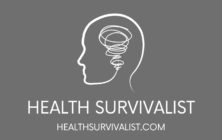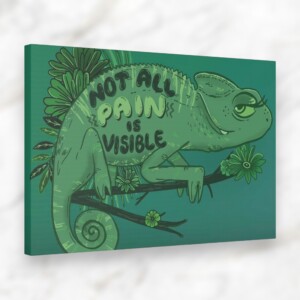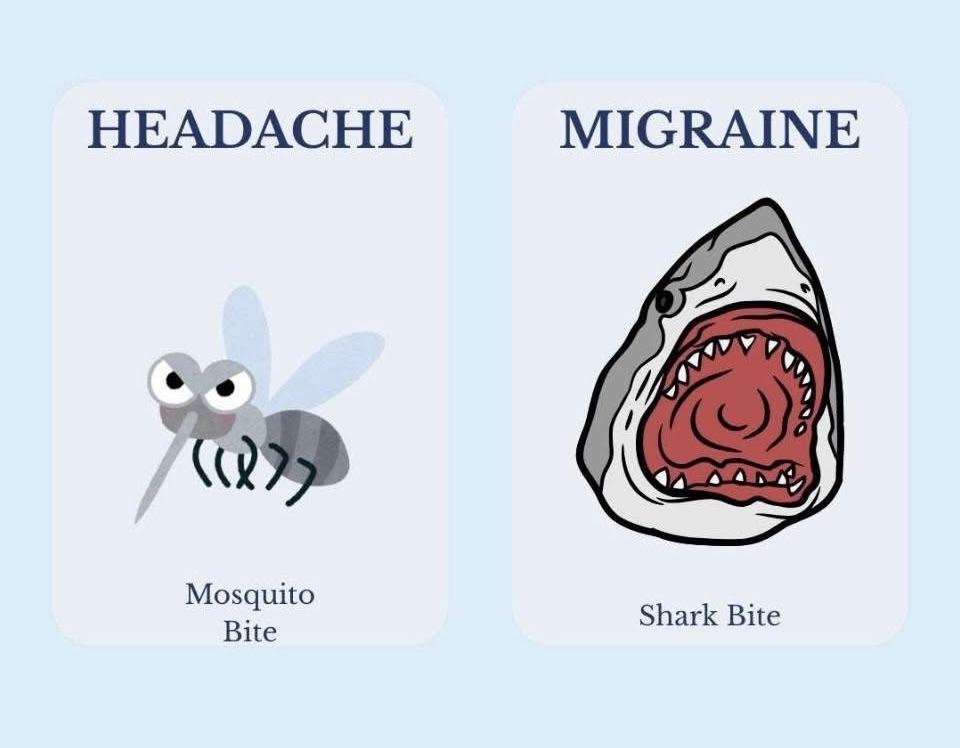
What Is a Migraine vs. a Headache?
If you’ve ever had someone say “maybe it’s just a headache,” while you’re lying in a dark room, nauseous, clutching your skull like it’s about to crack—yeah, you already know the difference.
I’ve had both: the common tension headache that comes and goes after a long day… and the beast that is a migraine. At a glance, people lump them together, but they’re not even in the same league.
A headache is usually a dull, achy feeling across your forehead or the back of your neck. It can stem from dehydration, stress, posture, or screen time. You might pop a Tylenol and carry on with your day.
But a migraine? That’s a whole different storm. It’s a neurological condition, not just head pain. It can come with pounding one-sided throbbing, sensitivity to light and sound, nausea, and even visual auras. Sometimes it feels like a jackhammer in your skull and a full-body assault rolled into one.
If you want to dive deeper into other chronic conditions that often get misunderstood—like spondylolisthesis, which I personally deal with—you might want to check out my honest breakdown of the types of spondylolisthesis.
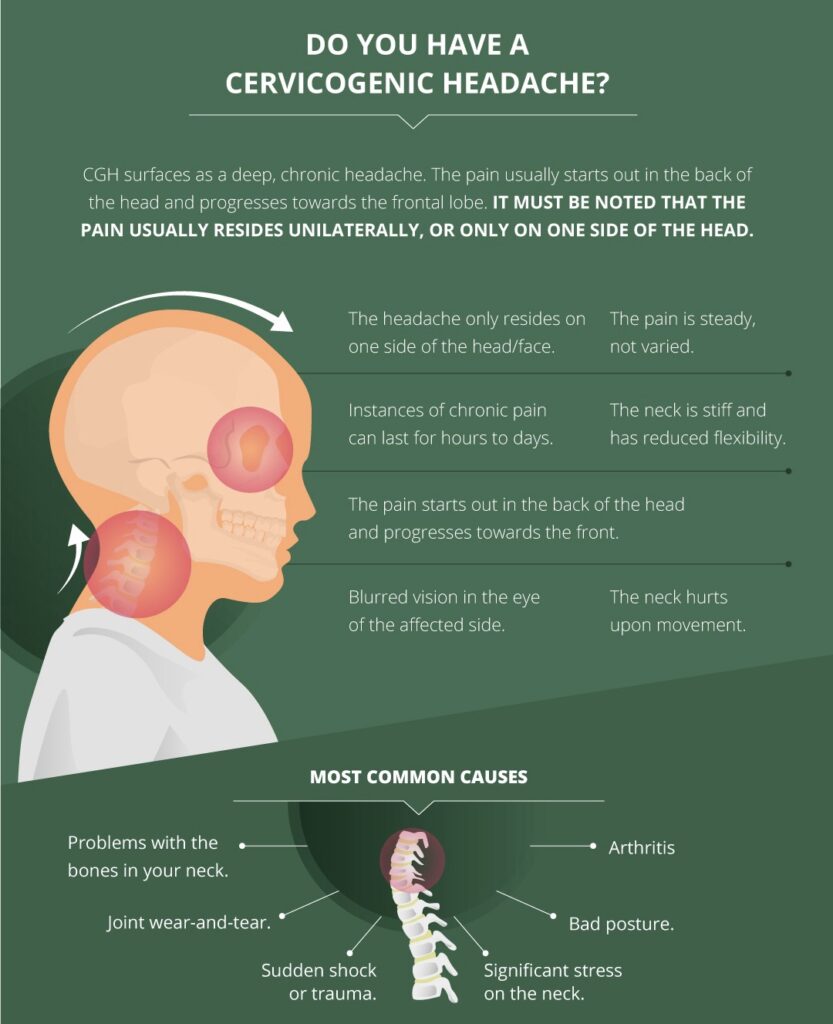
Pain Intensity: Mosquito Bite vs. Shark Bite
Let’s not sugarcoat this.
If a regular headache feels like a mosquito bite, a migraine is a full-blown shark attack. I’ve had migraines that make me curl up in bed with the shades drawn, sound turned off, and my world paused for hours—sometimes even days.
Headaches might annoy you. Migraines debilitate you.
When a migraine hits, I can’t think straight. It’s not just the pain—it’s the overload. My brain feels like it’s short-circuiting. My stomach turns. Bright lights feel like knives in my eyes. I’ve missed work, canceled plans, and begged for silence just to survive the wave.
This isn’t being dramatic—it’s real. And millions live this silently, often misunderstood or brushed off. If you’ve ever had that kind of day, you’re not alone. And if you’re also someone who lies down to rest and your back pain flares up, I hear you. Here’s what I learned the hard way about why my back hurts when I lay down flat.

Symptoms Beyond the Throb
A headache usually stays in your head. A migraine takes over your entire body.
Here’s what migraines bring to the table:
- Nausea or vomiting
- Visual auras (like flickering lights or blind spots)
- Sensitivity to light and sound
- Dizziness or even temporary vision loss
- Brain fog and extreme fatigue
- Mood changes before and after the episode
For me, a migraine doesn’t just start with pain—it starts with a feeling. My neck stiffens. My mood shifts. Sometimes I get hungry out of nowhere or yawn excessively. Those are my red flags. Then the storm rolls in.
Meanwhile, your average headache—especially something like a tension headache—rarely causes any of that. It might feel tight and annoying, but it won’t knock you out of life the way a migraine does.
If you deal with chronic pain and fatigue layered on top of this, you’re likely living in survival mode more than you realize. I recently opened up about that in this post on what nobody sees.
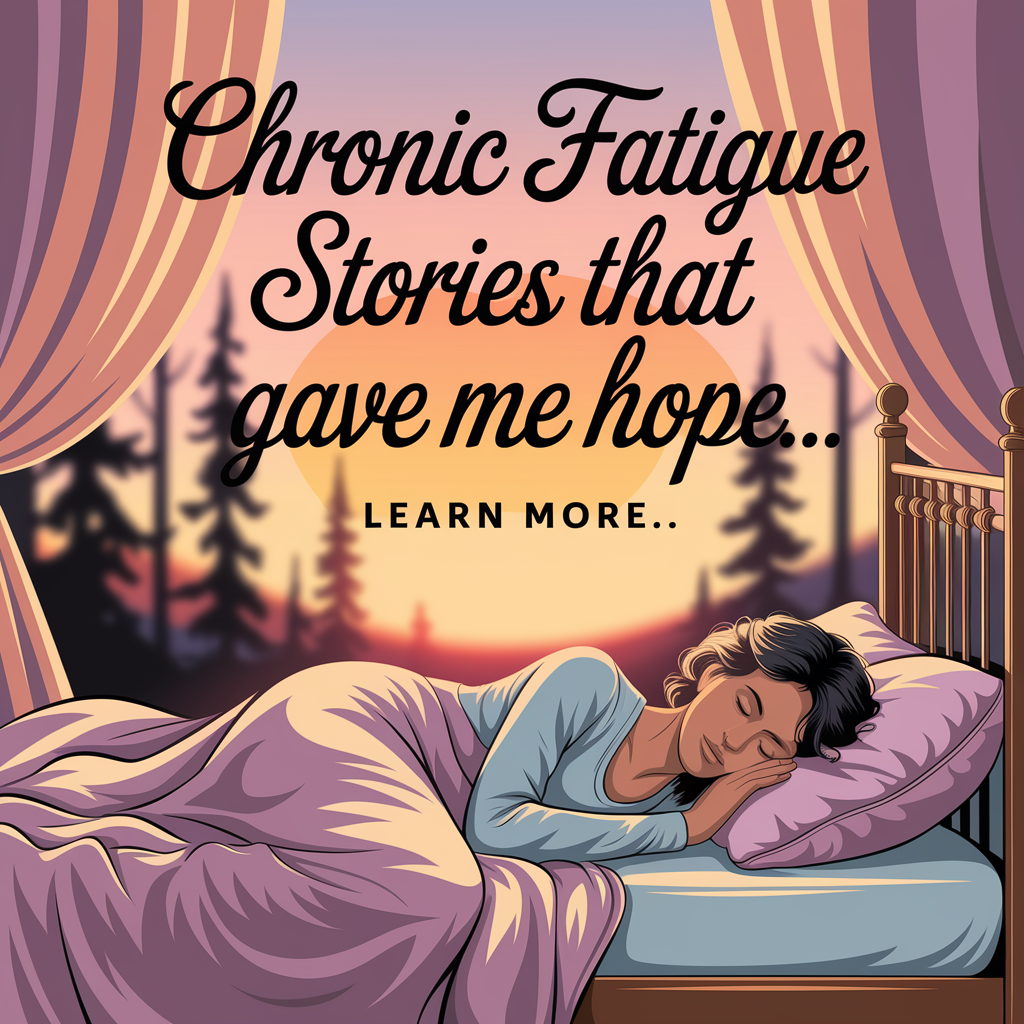
Migraine Triggers vs. Headache Triggers
Headaches usually have obvious triggers—stress, dehydration, bad posture, staring at screens too long. And honestly, when I drink enough water, stretch my neck, and get some rest, they tend to fade fast.
Migraines? They’re way sneakier and more complicated. I can do everything right and still get slammed by one out of nowhere. Over the years, I’ve figured out some common migraine triggers that mess me up:
- Hormonal changes (hello, monthly migraine)
- Certain foods like chocolate, cheese, or processed meats
- Weather shifts or barometric pressure drops
- Bright lights or strong smells
- Lack of sleep—or even too much sleep
- Stress… or finally relaxing after stress (seriously)
The worst part? These triggers vary wildly person to person. One thing that helped me feel more in control was keeping a migraine journal—tracking what I ate, how I slept, what the weather was like, and what kind of stress I was under. Patterns do show up. It’s not a cure, but it helps reduce surprises.
If you’re also dealing with anxiety or depression layered on top of migraines like I am, it’s worth reading how I manage calming my overactive nervous system. Everything’s connected—body, mind, pain.
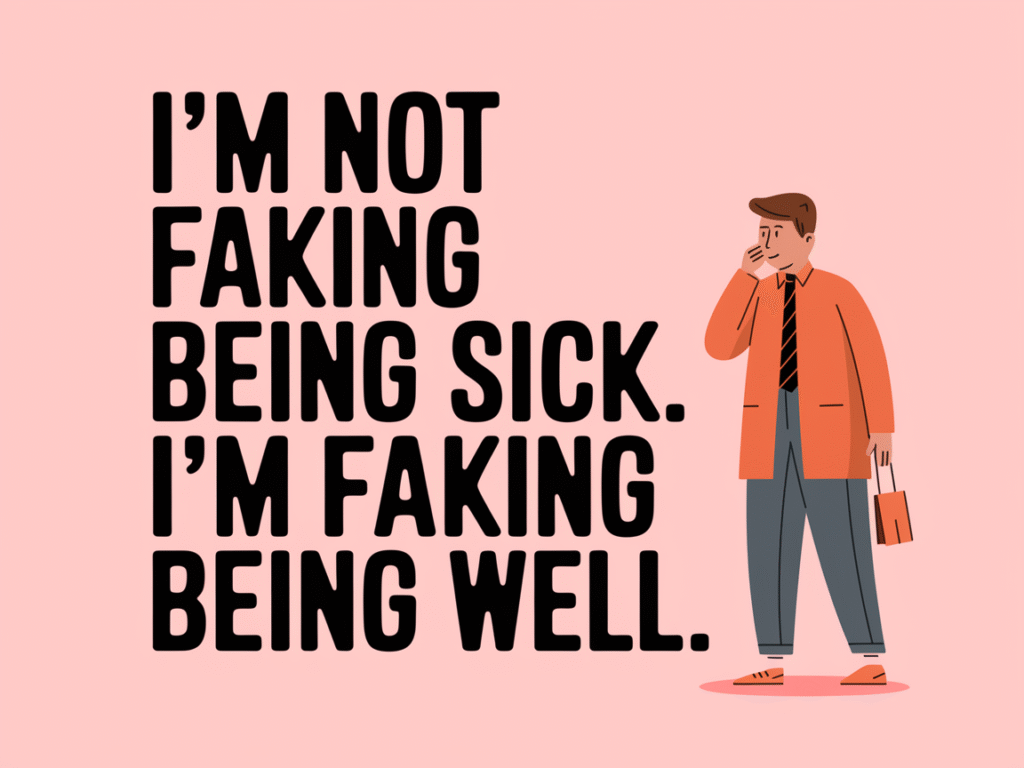
How Long They Last (And Why It Feels Like Forever)
Tension headaches or sinus headaches? They usually pass within a few hours. Maybe with some water, rest, or meds, and you’re back to normal.
Migraines? They linger. A migraine can last anywhere from 4 hours to 72 hours, and the hangover—yes, it’s literally called a migraine hangover or postdrome—can stretch that misery even longer.
For me, the worst ones come in waves. The pain might dull for a bit, and I think I’m finally past it—then BOOM, it hits again like a freight train. It’s exhausting. It messes with your work life, social life, sleep, and mental state.
And if you’ve ever tried to explain this to someone who doesn’t get migraines? The blank stare says it all.
That’s why I’m so passionate about raising awareness—not just about migraines, but about all chronic conditions that affect people silently. Chronic fatigue is another invisible battle many of us fight, and reading real stories of recovery gave me hope on my lowest days.
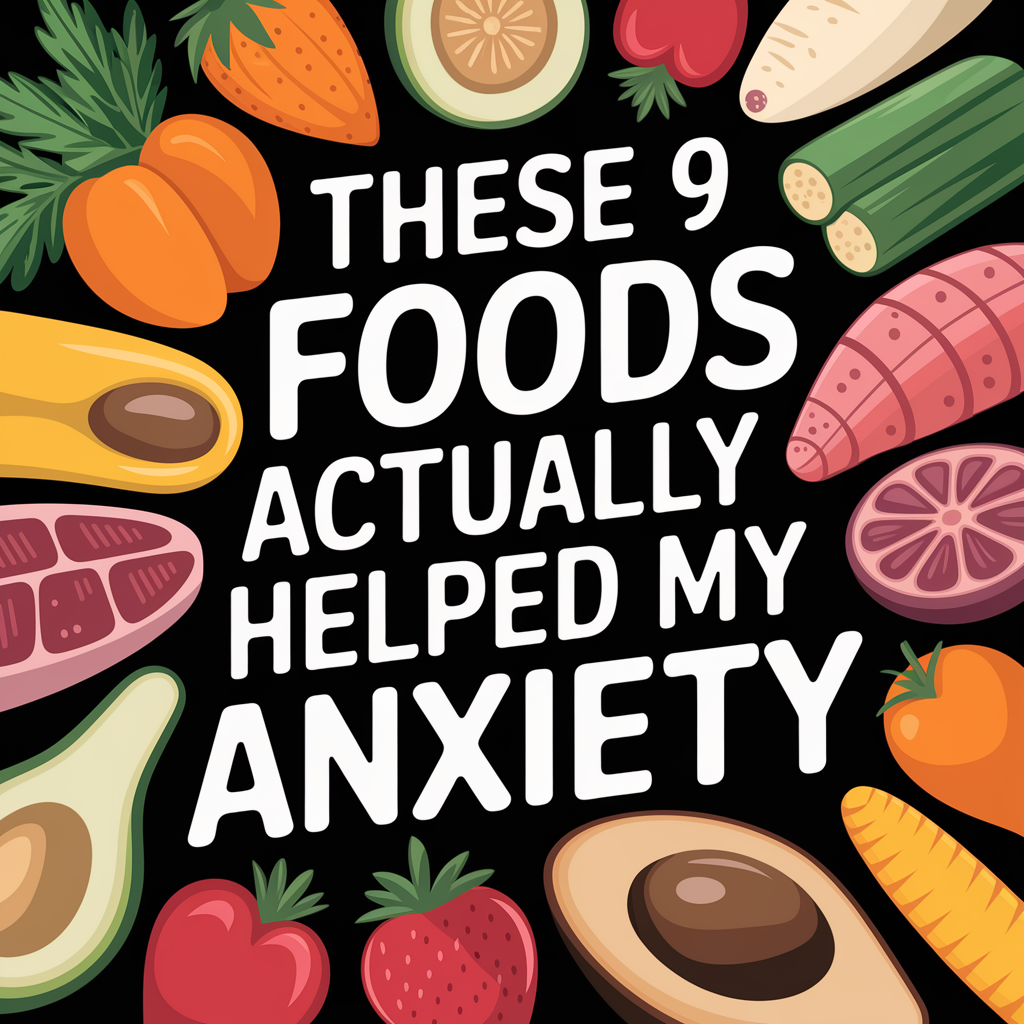
Why People Get Migraines (And Why Doctors Don’t Always Know)
One of the most frustrating things about migraines is how uncertain everything still is—even in 2025. Doctors don’t always have clear answers. I’ve heard everything from “It’s genetic” to “It’s probably stress,” and honestly? It feels like guesswork most of the time.
Here’s what’s commonly believed to cause or contribute to migraines:
- Neurological overreaction to triggers
- Hormonal fluctuations (especially in women)
- Changes in serotonin levels
- Brainstem dysfunction
- Family history of migraines
Personally, I didn’t start getting them until my late 20s. At first, I thought they were just tension headaches getting worse. But once I had my first full-blown migraine—the kind where I threw up, couldn’t handle light or sound, and had to miss work—I knew it was something different.
And that’s another frustrating thing: you often have to advocate for yourself. If your doctor shrugs you off or says, “It’s probably stress,” you may need to push for answers or even find a different provider. You deserve to be taken seriously.
If you’re dealing with chronic pain on top of migraines and feel like no one’s listening, I wrote this for you: Living with chronic pain and fatigue—what nobody sees.

How Migraines Impact Your Life in Ways Most Don’t Understand
A headache might be annoying. You might grab some ibuprofen, rub your temples, and carry on. But a migraine stops your world. When mine hits, I can’t think straight, let alone parent, work, or drive.
It’s not just about pain—it’s about:
- Losing hours or days of productivity
- Missing out on events or canceling plans last minute
- Having people doubt you because it’s invisible
- Living in fear of when the next one will hit
It’s like walking around with a loaded trap in your head. And when it snaps shut, you’re down. Hard.
If you’ve ever felt like no one understands just how deeply your migraines or chronic pain affect your everyday life, I hear you. You’re not alone. I wrote this post about what living with chronic illness really looks like as both a vent and a voice for anyone who’s ever been dismissed.

Migraine vs Headache Treatments: Totally Different Ball Game
When I first started getting migraines, I made the mistake of treating them like headaches—standard painkillers, caffeine, water, maybe a nap. But those didn’t even touch the pain. I quickly realized I needed a whole different toolbox.
Headache relief options:
- Over-the-counter meds (Tylenol, ibuprofen)
- Hydration and rest
- Reducing screen time or stress
Migraine management tools:
- Prescription triptans or preventive meds
- Magnesium, B2, or CoQ10 supplements
- Cold packs or migraine caps
- Lying in a silent, pitch-black room
- Tracking triggers religiously
- Lifestyle changes (diet, sleep, hydration)
One of the best tools that’s helped me manage nighttime migraines and neck/back tension is this Lumbar Support Pillow for Sleeping—it’s like giving your spine a soft reset while you sleep. When your body is properly supported, it can actually rest, not just collapse.

Do I Have Migraines or Just Really Bad Headaches?
This is a question I asked myself for years. I didn’t want to overreact or be dramatic, but eventually, I realized I was under-reacting and not getting the help I needed.
Here’s how I finally learned the difference:
- If your pain is one-sided, throbbing, and disabling, it could be a migraine.
- If you’re getting nauseous, seeing auras, or can’t tolerate light/sound, it’s probably a migraine.
- If you need to lie down and isolate yourself in darkness—it’s more than just a headache.
I also got confirmation through a neurologist, which I highly recommend if you’re unsure. Trust your gut. You know your body better than anyone.
And if migraines are just part of the mess—like they are for me, tangled with neck pain, back issues, anxiety, and even hiatal hernia—you’re in the right place. Our library of health topics dives deep into all of it.

Migraine vs Headache: My Final Thoughts From Someone Living It
Let me say this loud and clear: migraines are not just bad headaches. They’re a full-body, whole-life disruption. They come with waves of pain, sensory sensitivity, and emotional fallout that most people will never truly understand.
If you’re still unsure where you fall in the migraine vs headache battle, I hope this helped you see the difference—because it’s a big one. Like comparing a mosquito bite to a shark bite.
And if you’re reading this while in the middle of a migraine, I’m so sorry you’re going through it. You’re not alone, and you’re not making it up.
As an Amazon Associate we earn from qualifying purchases through some links in our articles.
